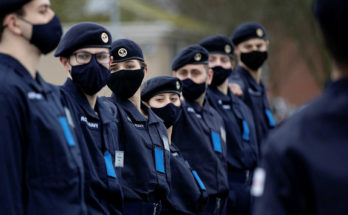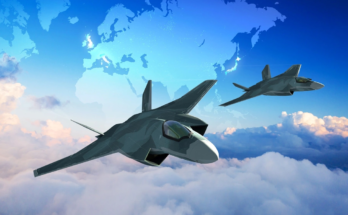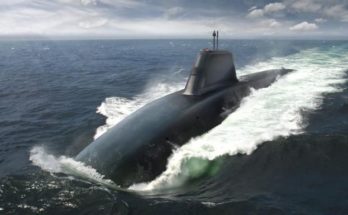
Talk: Project Zeus: Visioneering the future operating environment on the principles of sustainability, adaptability and mitigation
Speakers: CPO Pete Spayne, Royal Navy FutureNEST Representative
Neve Parker, Business Manager, FutureNEST
George Omonuwa, Deputy Chair, FutureNEST
Lizzie Noble, Science and Technology Working Group Rep, FutureNEST
Henry Winmill, Media and Communications Manager, FutureNEST
DSEI day 2 included a futurist panel event by members of UKNEST (Naval Engineering, Science & Technology) covering their recent studies to conceptualize the naval operating environment in 25 to 30 years. UKNEST comprises academic, industry, and government professionals to promote STEM engagement and academic research in order to address naval challenges. FutureNEST, a component of UKNEST, charges early and young career professionals to invest in the maritime sector and develop career skills through workshops, studies, and events to meet UKNEST goals.
FutureNEST’s aim was to visualize the impacts of climate change on the 2050 naval environment and develop ideas for how the Royal Navy will need to adapt to maintain an operating edge. The challenges facing the Royal fleet in 2050 include sea level rise and increased frequency and severity of natural disasters. Neve Parker, a mechanical engineering apprentice, discussed the geopolitical implications of these challenges and noted the Royal Navy of the future will require an adaptable, self-sufficient and carbon-neutral approach to succeed.
Three conceptual designs emerged from the work of these FutureNEST engineers: a future ship, a future naval base, and a renewable energy system. HMS Minos (Modular Integrated Naval Operational Ship) is a future-based platform that utilizes a modular configuration to adapt to different mission sets and promote maintenance efficiency. According to Lizzie Noble, a training naval architect, HMS Minos features an onboard agricultural farming capability for sustainability, exterior skin modeled after sea creatures for signature management, and the ability to capture tidal energy in port to charge batteries and power components.
Combat Systems Engineer Henry Winmill presented HMNB URANIA (United Renewable Alternate Naval Interchangeable At-Sea), a green naval base design. URANIA is a floating modular system that will harness wind, solar, and tidal energy for power and use food farming to feed its crew. It can also launch unmanned underwater vehicles to harvest algae from the seafloor as a possible fuel source.
The last design, HMS Ares, is a renewable energy system that collects solar energy for power sourcing. Ares uses a series of space-based, AI-controlled mirrors that transform light into a microwave beam sent to a naval receiver. The energy receiver connects to the U.K. power grid as a backup for national energy.
While these concepts are theoretical and will likely not develop in their current form, the thought exercise is crucial. CPO Pete Spayne, FutureNEST’s Royal Navy representative, believes the partnership can encourage young talent to engage with each other in teams to promote “horizon scanning” for the Navy’s future strategic planning.
The FutureNEST program shows the Royal Navy is committed to adapting its outlook and planning to meet a future that will look different than the one navies operate in today. Perhaps in 2050, climate change will open up new sea lanes in the high north, restrict ships from reaching previous operating areas, and force exploration of new resources to keep fleets powered. FutureNEST shows that young minds are thinking about tomorrow’s problems today. Though advanced technology will address these concerns, the panelists emphasized that investments in people, as always, will ultimately dictate future success.
A former naval officer and helicopter pilot, Jon covers a range of Forecast International reports and products, drawing on his 10-year background in military aviation, operations, and education. His previous military assignments include multiple overseas deployments supporting operations in the Arabian Gulf, NATO exercises, and humanitarian missions. Jon’s work is also influenced by his time as a former Presidential Management Fellow and international trade specialist at the Department of Commerce.
Before joining Forecast International, Jon also served as an NROTC instructor and Adjunct Assistant Professor at the University of Texas, where he taught undergraduate courses on naval history, navigation, defense organization, and naval operations and warfare. A lifelong reader and learner, his academic and professional interests include aviation, political and military history, national defense and security, and foreign area studies.




